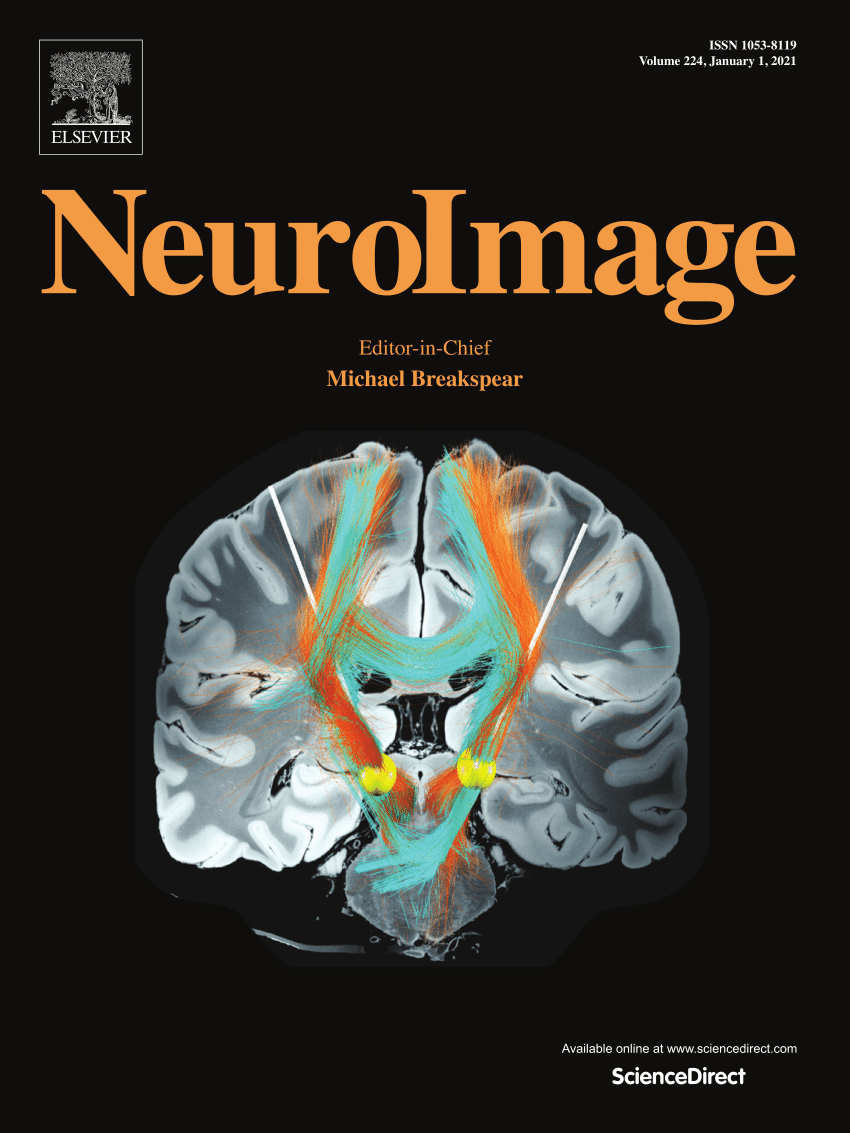Emotional content and semantic structure of dialogues are associated with Interpersonal Neural Synchrony in the Prefrontal Cortex
IF 4.7
2区 医学
Q1 NEUROIMAGING
引用次数: 0
Abstract
A fundamental characteristic of social exchanges is the synchronization of individuals’ behaviors, physiological responses, and neural activity. However, the association between how individuals communicate in terms of emotional content and expressed associative knowledge and interpersonal synchrony has been scarcely investigated so far. This study addresses this research gap by bridging recent advances in cognitive neuroscience data, affective computing, and cognitive data science frameworks. Using functional near-infrared spectroscopy (fNIRS) hyperscanning, prefrontal neural data were collected during social interactions involving 84 participants (i.e., 42 dyads) aged 18–35 years. Wavelet transform coherence was used to assess interpersonal neural synchrony between participants. We used manual transcription of dialogues and automated methods to codify transcriptions as emotional levels and syntactic/semantic networks. Our quantitative findings reveal higher than random expectations levels of interpersonal neural synchrony in the superior frontal gyrus (q = .038) and the bilateral middle frontal gyri (q .001, q .001). Linear mixed models based on dialogues’ emotional content only significantly predicted interpersonal neural synchrony across the prefrontal cortex (). Conversely, models relying on syntactic/semantic features were more effective at the local level, for predicting brain synchrony in the right middle frontal gyrus (). Generally, models based on the emotional content of dialogues were not effective when limited to data from one region of interest at a time, whereas models based on syntactic/semantic features show the opposite trend, losing predictive power when incorporating data from all regions of interest. Moreover, we found an interplay between emotions and associative knowledge in predicting brain synchrony, providing quantitative support to the major role played by these linguistic components in social interactions and in prefrontal processes. Our study identifies a mind-brain duality in emotions and associative knowledge reflecting neural synchrony levels, opening new ways for investigating human interactions.
求助全文
约1分钟内获得全文
求助全文
来源期刊

NeuroImage
医学-核医学
CiteScore
11.30
自引率
10.50%
发文量
809
审稿时长
63 days
期刊介绍:
NeuroImage, a Journal of Brain Function provides a vehicle for communicating important advances in acquiring, analyzing, and modelling neuroimaging data and in applying these techniques to the study of structure-function and brain-behavior relationships. Though the emphasis is on the macroscopic level of human brain organization, meso-and microscopic neuroimaging across all species will be considered if informative for understanding the aforementioned relationships.
 求助内容:
求助内容: 应助结果提醒方式:
应助结果提醒方式:


